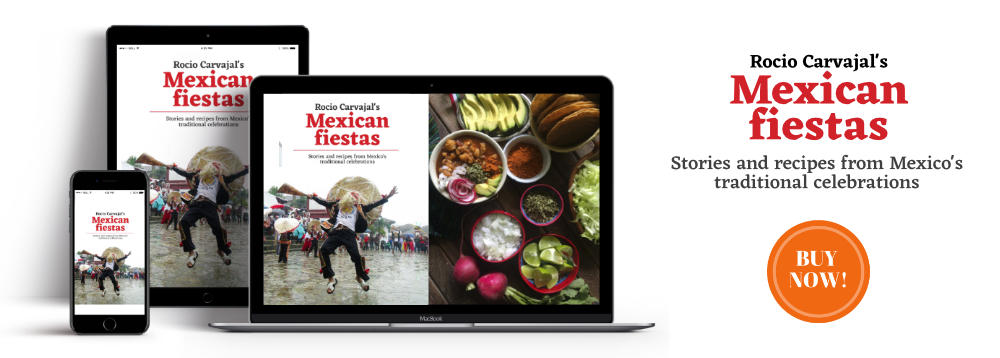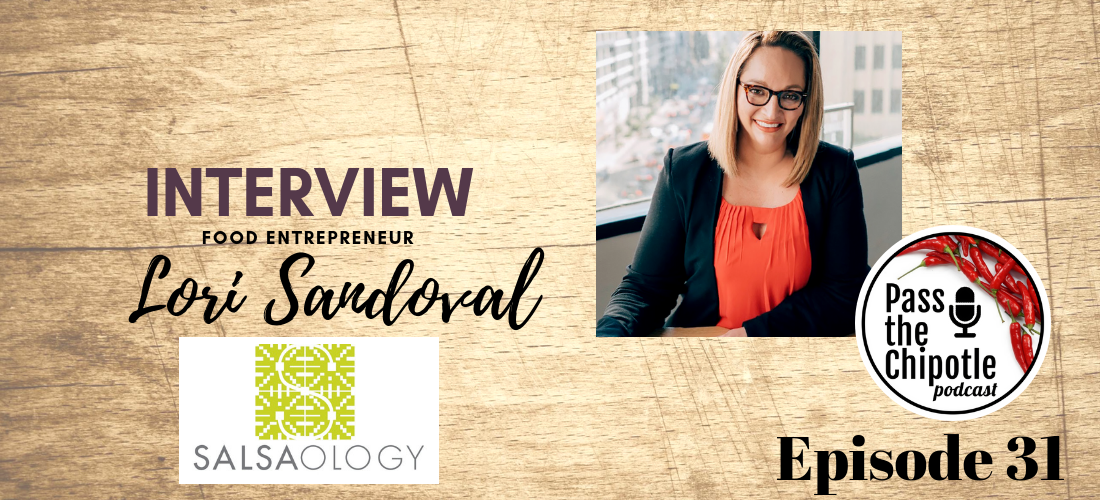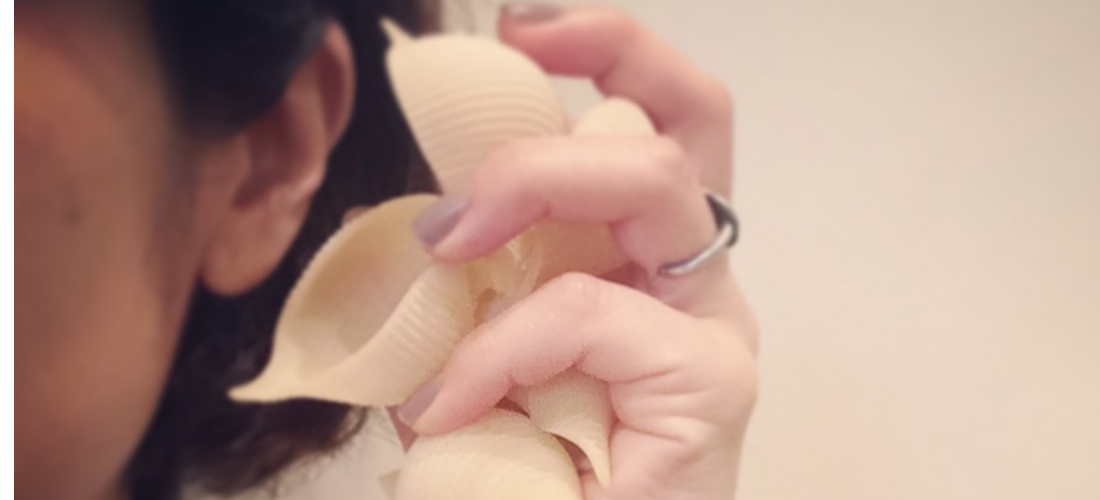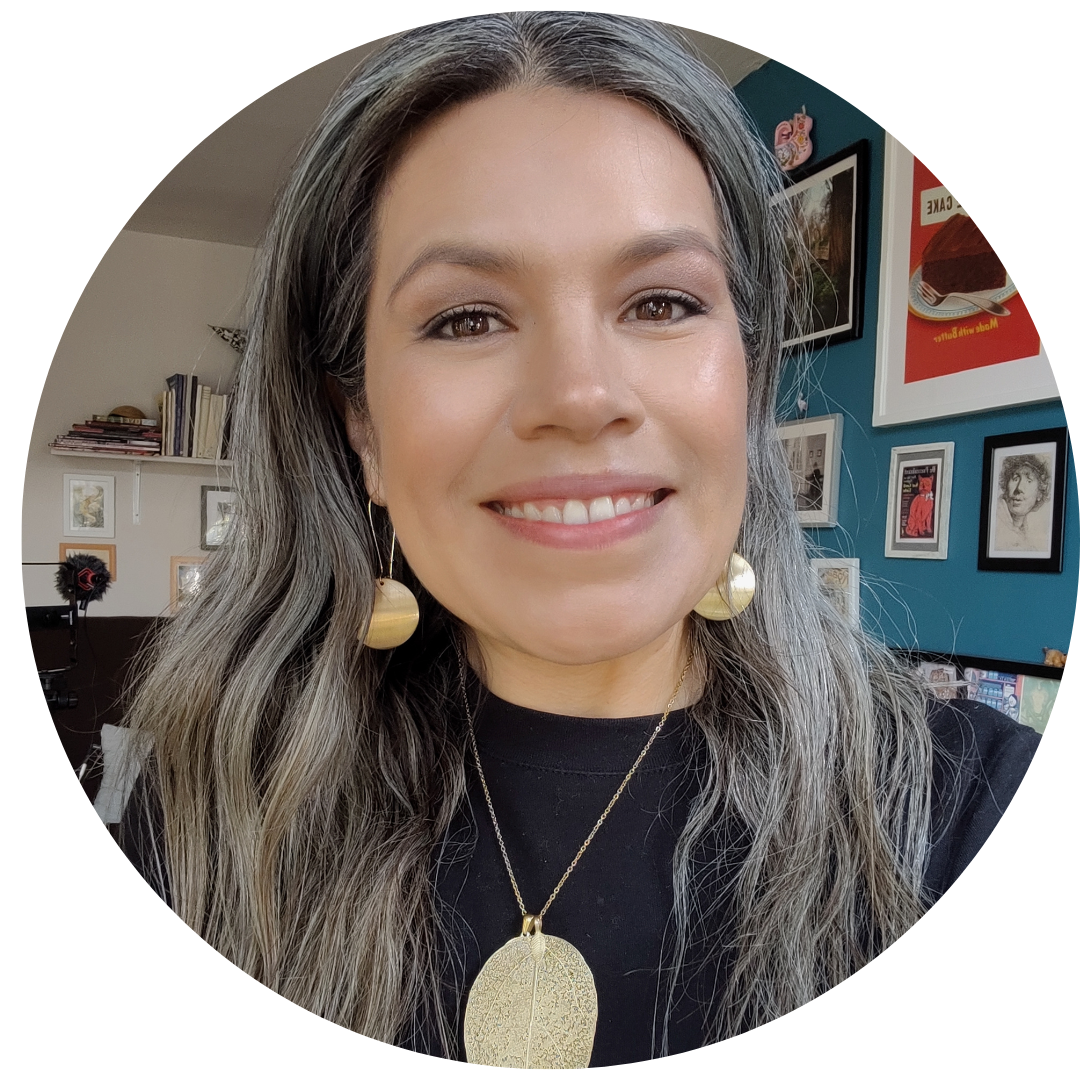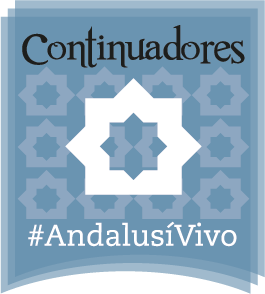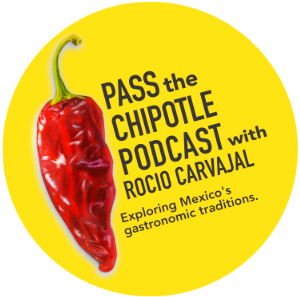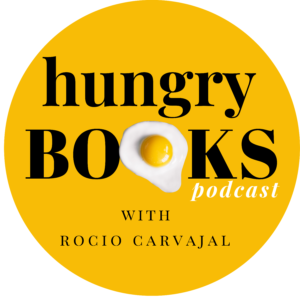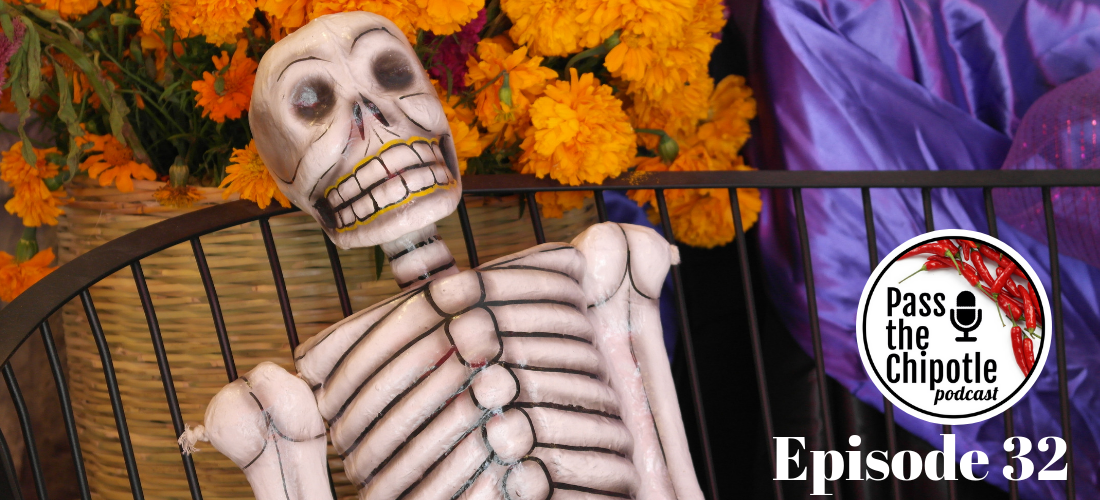
Day of the dead: a celebration of life! Ep.32
Presented by: Rocio Carvajal Food history writer, cook and author.
EPISODE 32 Rebroadcast
Dia de Muertos is the most recognisable and internationally celebrated tradition of Mexico, it is rooted in ancient pre -Columbian funerary rituals that merged with catholic rites after the Spanish colonisation.
This UNESCO listed celebration is one about cultural syncretism in Mexico, about love, spirituality and remembrance, it is an invitation to discover, understand and enjoy life in all its levels of existence and find deeper and more meaningful ways to experience the world.
—————————————–
————————————————————————————————
Newsletter: Subscribe here
Book: Mexican Market food, a celebration of traditional Mexican cooking
Go to my ebook store here
Twitter: @chipotlepodcast + @rocio_carvajalc
Instagram: @rocio.carvajalc
email: hello@passthechipotle.com
web: passthechipotle.com
Watch the Youtube special of Dia de muertos 2017:
Día de Muertos is by far one of Mexico’s most complex and internationally celebrated tradition. This fiesta has many levels of cultural complexity as it brings together in a unique syncretism ancient pre – Columbian traditions with Catholic rites that gave way to a richer spiritual and religious expressions. This fascinating and culturally significant tradition was inscribed in UNESCO’s list of intangible cultural heritage of humanity in 2008. Día de Muertos begins on October 28th finishing on November 2nd.
Every culture and civilisation that has ever existed has dealt with death in different and unique ways. Birth and death must have seemed like a true miracle and no doubt they mystified the early human groups and around these two unavoidable and powerful events many myths, rites, and systems of beliefs were created. Studying a culture’s relationship with death helps opening fascinating horizons of understanding how they understood life, and perhaps more revealing is the notion of a continuity or disruption of our existence which then dictates how we appreciate and live our lives.
The symbolism of a Mexican day of the dead altar
The altar itself represents a portal that connects the world of the living with the world of the dead, according to regional and even local traditions these altars can be built and dressed at home, and or right at the cemetery using the tomb of one or several of the deceased family members as a platform. There are literally dozens of variations of altars, that go from the very humble to highly sophisticated that resemble a true architectural piece consisting of distinct levels on which very distinctive elements are often present. In some communities like the Mayan town in Pomuch they dig out the remains of their loved ones, clean and groom to spend a couple of days in the company of all their family.
Modern Día de Muertos altars are understood as a true mestizo celebration, that was influenced by European and indigenous traditions, for instance: the indigenous tradition of burning incense and copal goes hand in hand with Christian prayers, just like the use of blessed candles and water are aimed to guide the souls of the departed from the underworld back home, these elements are aimed to purify their souls, quench their thirst and welcome them after their long journey.
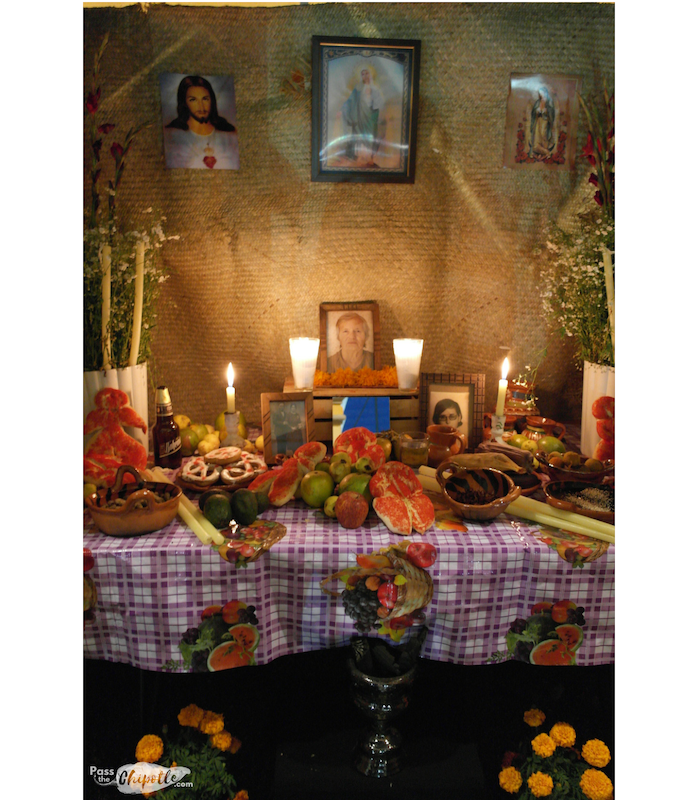
Photographs and sugar skulls with the name of the deceased are placed there to remind the departed but also to help spirits recognise their own altar and enjoy it. Some communities believe that souls can’t recognise their own photograph, so they place mirrors to allow them to see their reflection. As you can see already, the incorporation of very modern objects such as photographs have quickly become re-signified as cultural and even sacred objects that found a very specific ritualistic purpose in the altars.
Growing up, I remember how very diligently my paternal grandmother would prepare, a full breakfast, lunch, and dinner and place it at the altar to feed the souls of her parents and that of my own granddad, we’d place the traditional bread from central Mexico called hojaldras, which is a type of brioche-like pastry shaped in the form of a pile of bones, and topped with either sugar or sesame seeds, other special pastries were placed too, exclusively for the enjoyment of the spirits. Along with that, special treats such as favourite drinks, treats, and even cigarettes are placed at the altar, along with especially significant objects that belonged to the visiting souls.
Another crucial element that comes straight from the ancient traditions is the presence of flowers, like Gypsophila muralis or cloud as is called is Mexico is a tiny white flower that you might know by the name of baby’s breath. Velvet flower is a very unusual looking inflorescence with thick petals covered in which feels and looks like tiny magenta feathers that give the impression and feel to that of velvet. But without a doubt, it is cempasuchitl (also spelled Cempaxúchitl) which you might know as marigold, the flower that not only dresses the altars with its beautiful and distinctive orange colour, but also perfumes the whole season.
Some communities make marigold buntings to decorate the altars while others simply make floral arrangements with it but most towns in central Mexico also use the petals of cempasuchitl to make carpets that start outside the front door of their homes all the way to where the altar is placed. In many regions, themed cut out paper or papel picado is also present as part of the decorations and the designs can be incredibly complex and yet very delicate and almost ephemerous as the tissue paper that is used to make them often doesn’t survive beyond a few days.
It is believed that at 2 pm, on November the 1st the spirits arrive in their homes or go to the cemetery where their families are waiting for them, they are welcomed with the distinctive aroma of burning incense and prayers and they are invited to eat from the altar, in many towns and cities all over Mexico people travel to visit and experience this tradition, families very generously welcome strangers at their homes offering them food, sometimes hot chocolate and bread or just a comfortable chair to sit and be with them while they mourn for their ancestors. Whether you are a religious or even spiritual person or not, it is hard not to feel the strong devotion and care put into the making of this tradition, and even if you have never met these families before it is indeed a very special and intimate way to share the commonality of our own mortality and the absolute certainty that moves Mexicans to welcome the invisible presence of the souls.
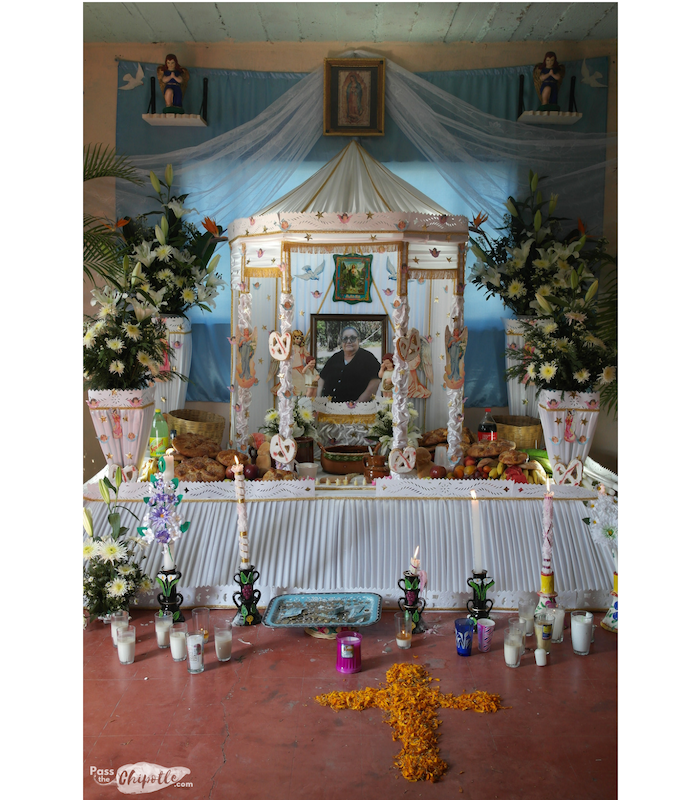
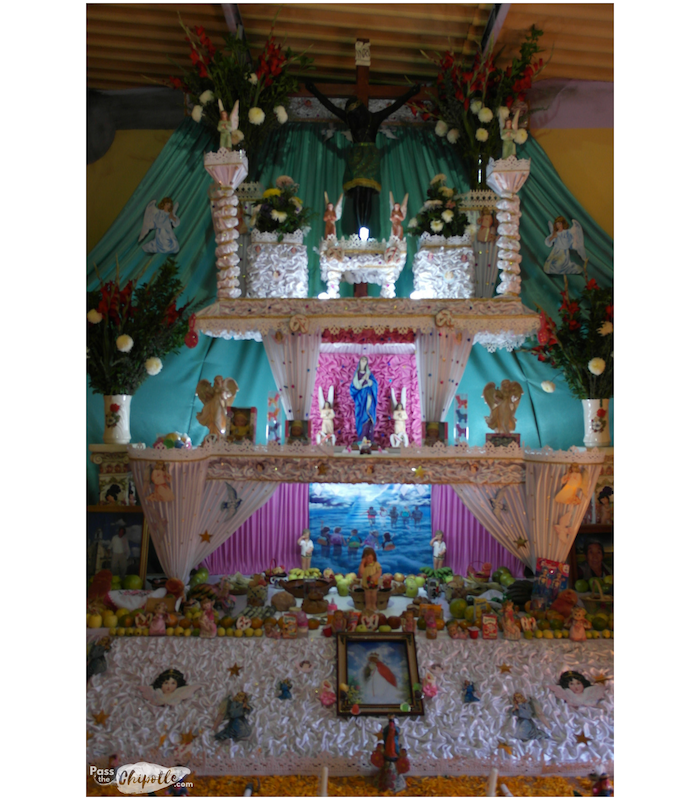
On November 2nd, families usually spend some time at cemeteries, cleaning and dressing the tombs, burning copal and lighting candles. It is not unusual to see mariachi bands signing as mourners share anecdotes of happy times with their deceased friends and family members. Typically, on November 3d, once the celebrations have concluded, the altar is dismantled, and friends and family are invited to join for a dinner of hot chocolate, champurrado or atole, which are corn hot, sweet drinks made with corn masa and the pastries that were taken off the altar, this act brings closure to the many emotions re-lived on the past days and helps create bonds over the traditions and the notion of togetherness. This account is broadly based on how dia de Muertos or day of the dead is celebrated in central Mexico, there are many, rich and very famous different traditions, like that of Patzcuaro in Michoacán, Mixquic in the state of Mexico and Xochimilco in Mexico City, you can see some examples of these celebrations on this post.
In recent decades the rapid incorporation of elements from other cultures and even ways of celebrating Dia de Muertos has created new forms of cultural expressions, many children dress up and go trick or treating as catrinas, Frida Kahlo and also wearing many other Mexican traditional costumes. Even the bond film Spectre that shows scenes in Mexico portraying a large day of the dead carnival in the streets of Mexico City, the truth is that there is no such tradition, and never before in the history of Mexico a day of the dead carnival had taken place. However, the Mexican public reacted so well to this idea that from that year onwards a Dia de Muertos carnival now takes place.
Cultural traditions can be incredibly flexible as they are embraced by younger generations and each adds their own take, let’s also reflect that without falling into the trap of cultural relativism that is a type of attitude that aims to maintain such expressions “untouched”, we must understand that life and culture by consequence are the result of a constant flow of ideas, exchange and transformation and it is the ultimate decision of those who own such traditions to adapt ultimately decide what works for them. Without a doubt we can say that Dia de Muertos remains by far a cultural pillar of what Mexicans of all ethnic groups, from every city and rural community, unlike any other tradition this speaks to our very core and essence of what defines us as a multi-ethnic, European, indigenous and mestizo nation, Dia de Muertos is a tradition that indeed, is very much alive!

